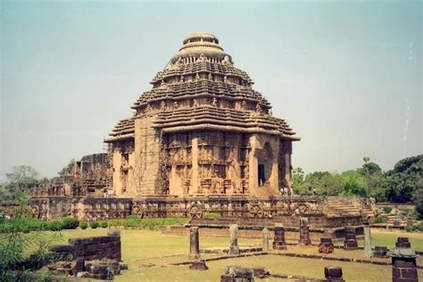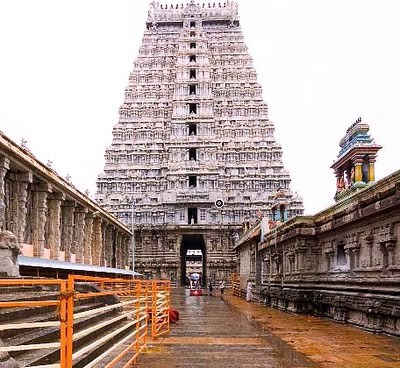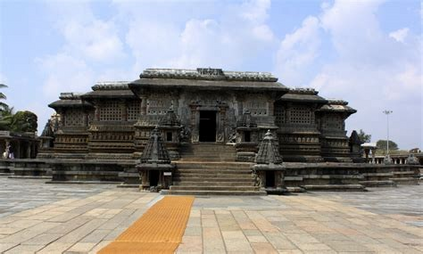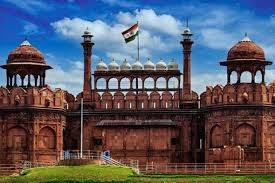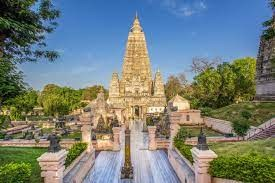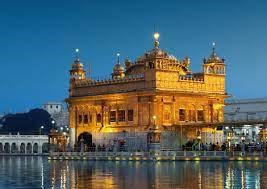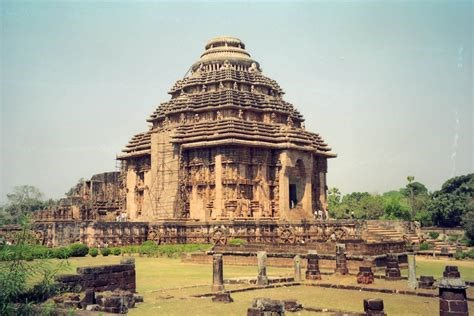Tourism in India plays a quintessential role in the country's economy with an estimated 9.2% GDP share for the year 2018. With a yearly growth rate of 6.2%, the industry holds a huge potential for being the primary driver of the economy as observed in the nations of the Middle East like the United Arab Emirates. The historical and cultural diversity exhibited throughout the geography of the nation is a unique spectacle for people around the world and therefore serves to attract tourists in tens of millions in number every year. Traditionally, tour guides or academic professionals who study these heritage monuments were responsible for providing information to the visitors regarding their architectural and historical significance. However, unfortunately this system has several caveats when considered on a large scale such as unavailability of sufficient trained people, lack of accurate information, failure to convey the richness of details in an attractive format etc. Recently, machine learning approaches revolving around the usage of monument pictures have been shown to be useful for rudimentary analysis of heritage sights. This paper serves as a survey of the research endeavors undertaken in this direction which would eventually provide insights for building an automated decision system that could be utilized to make the experience of tourism in India more modernized for visitors.
翻译:2018年,印度的旅游业在印度经济中发挥着基本作用,估计占GDP9.2%,在2018年,印度的旅游业在国内生产总值中占有9.2%的比重。正如在像阿拉伯联合酋长国这样的中东国家所观察到的,印度的旅游业具有巨大潜力成为经济的主要驱动力。整个国家地理上所展现的历史和文化多样性对全世界人民来说是一个独特的景象,因此每年吸引数以千万计的游客。传统上,研究这些遗产古迹的导游或学术专业人员负责向游客提供有关其建筑和历史意义的信息。但不幸的是,在大规模考虑缺乏足够的受过训练的人、缺乏准确的信息、未能以有吸引力的形式传达丰富的细节等等时,这个系统有几个值得注意的问题。最近,围绕古迹图片的利用的机器学习方法被证明有助于对古迹的景象进行简单分析。这份文件是对朝这个方向开展的研究工作的调查,最终将为建立自动决策系统提供见解,以便利用该系统使印度旅游经验更加现代化。

